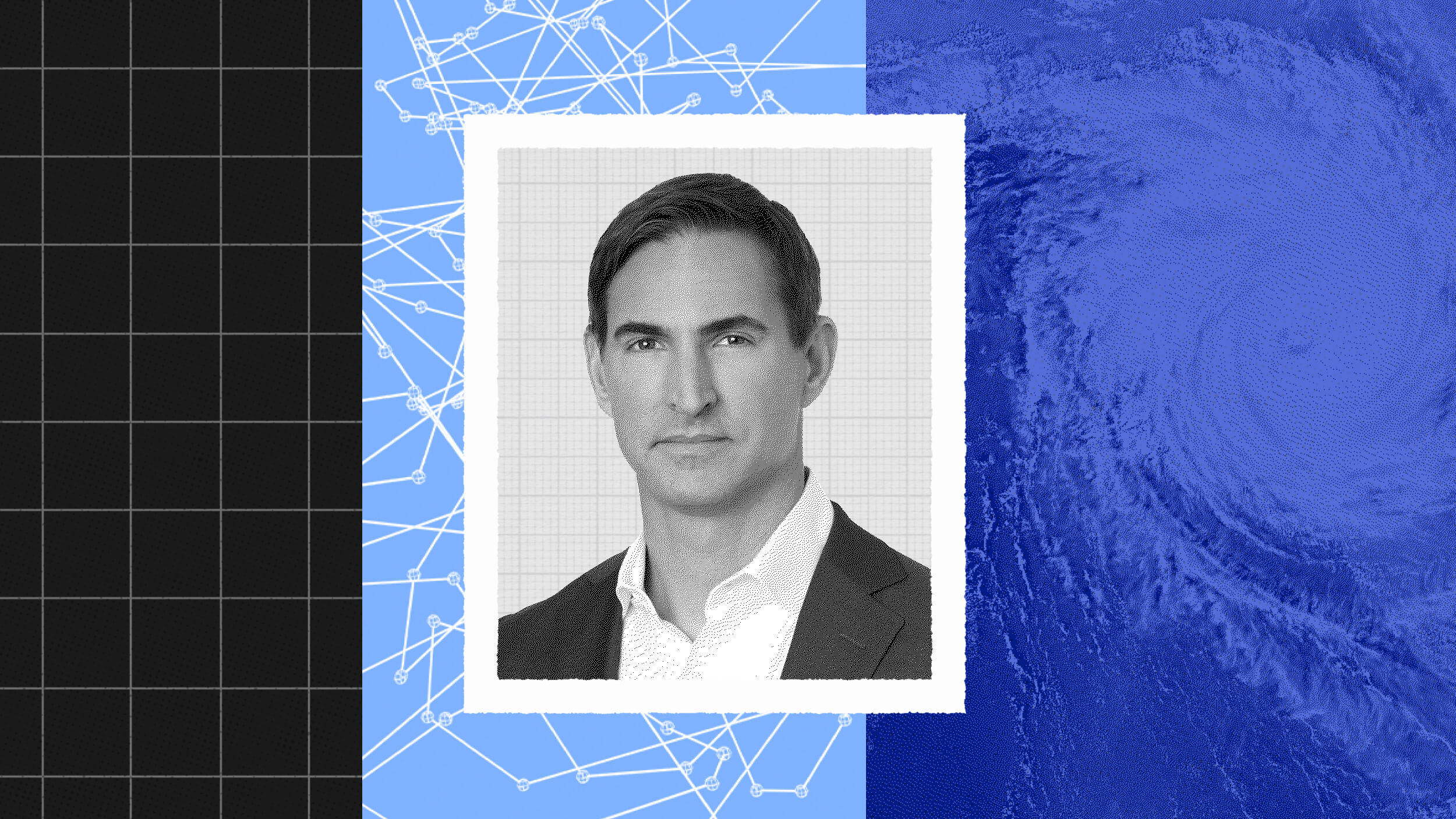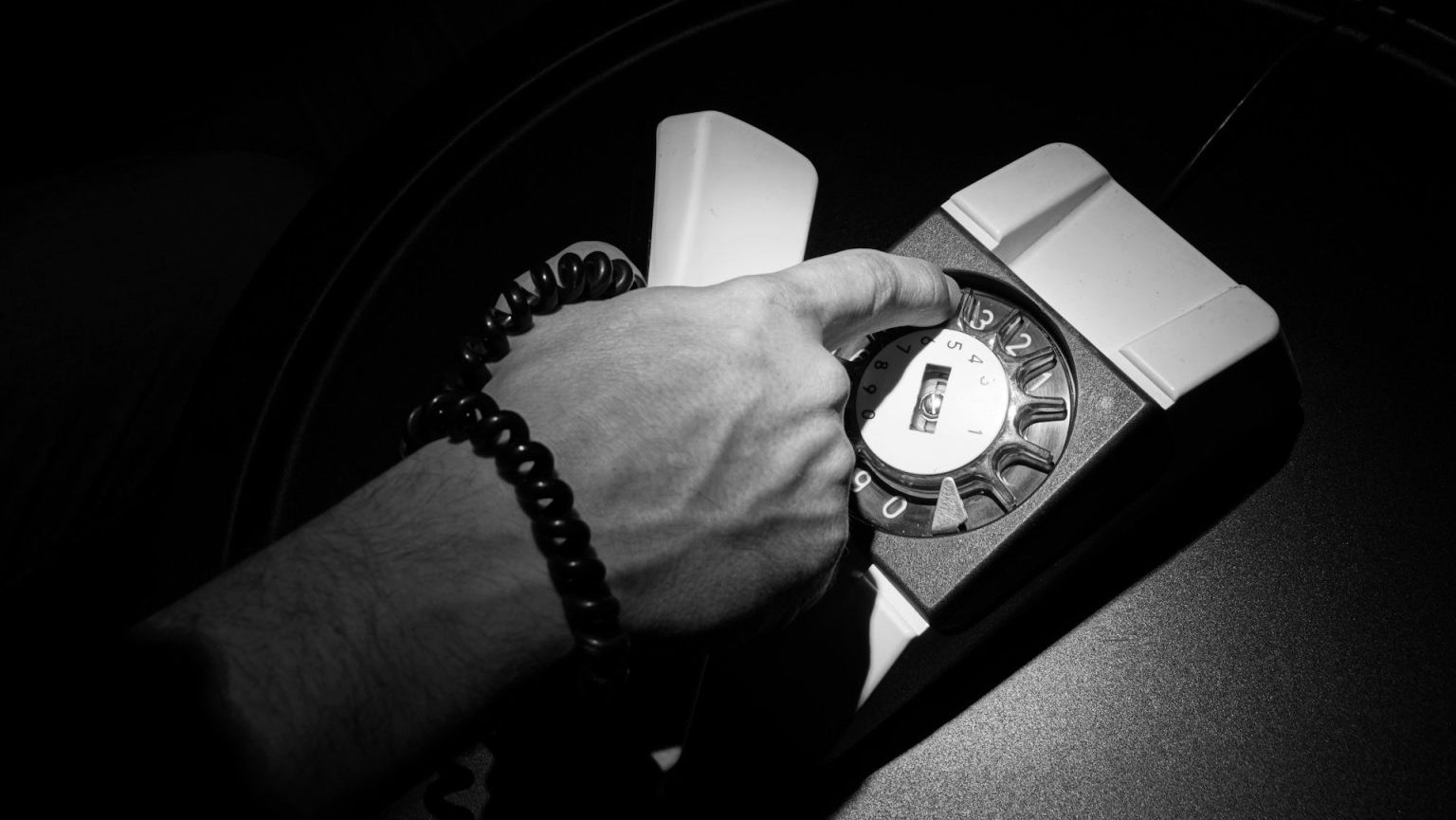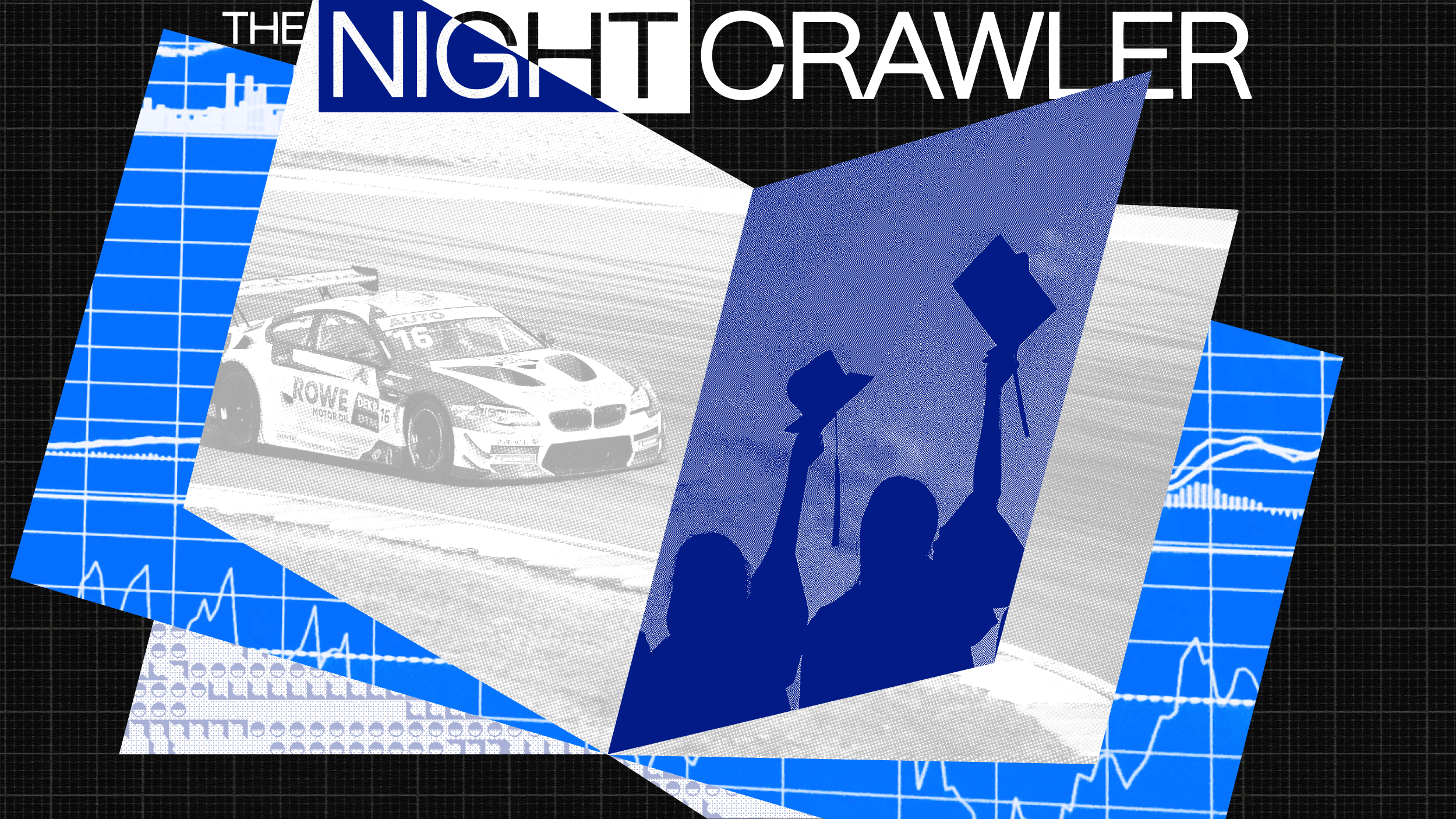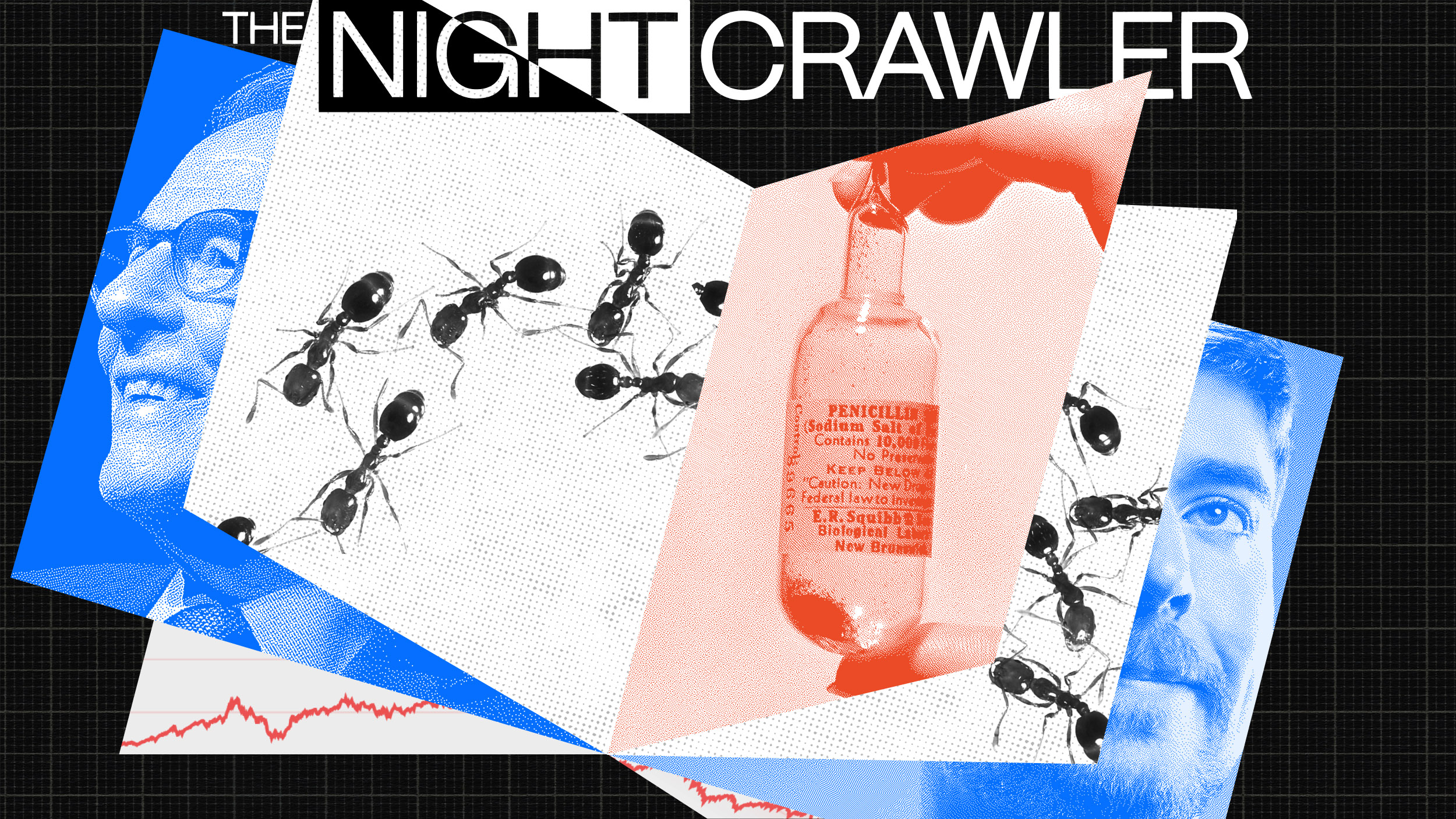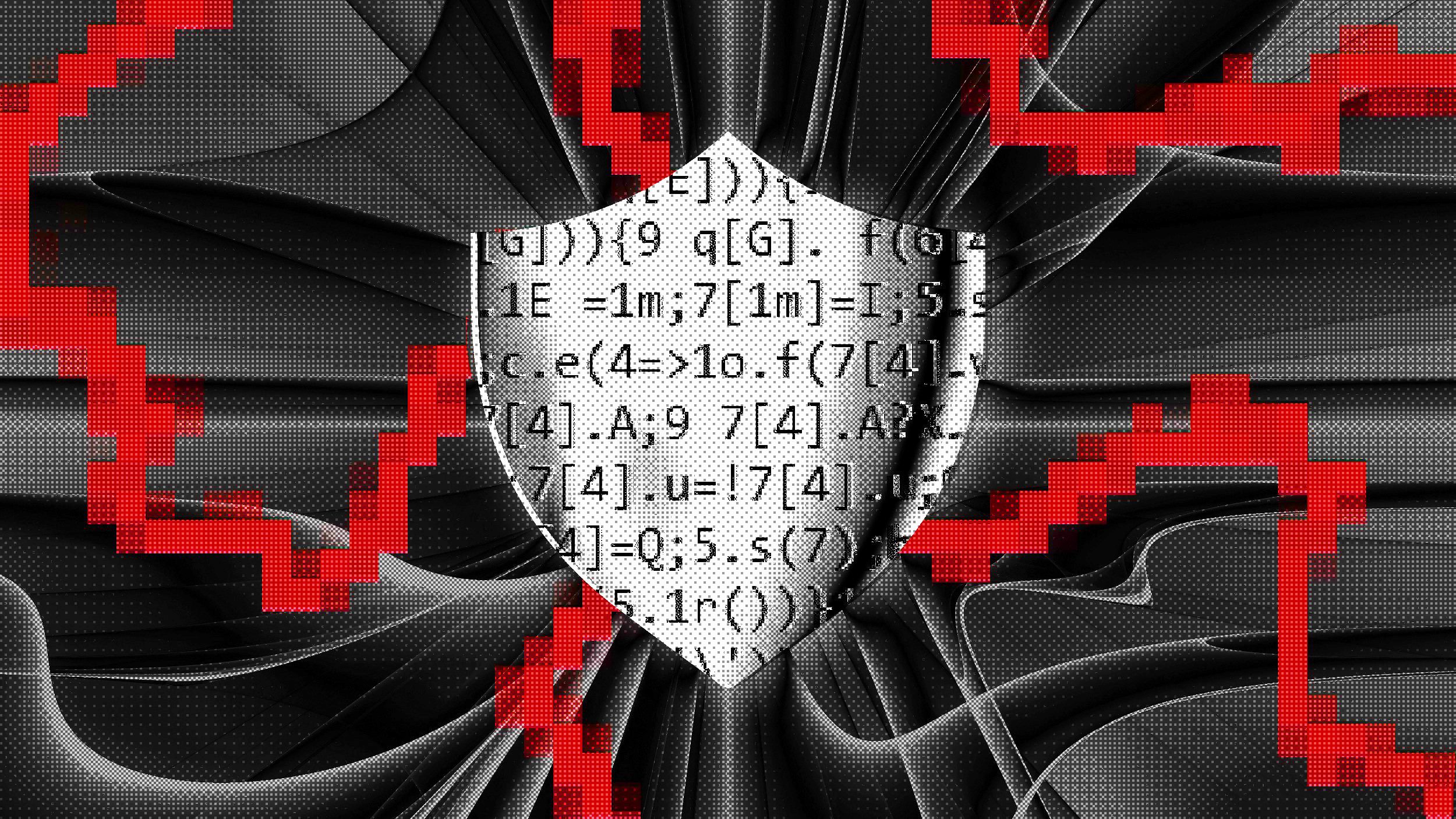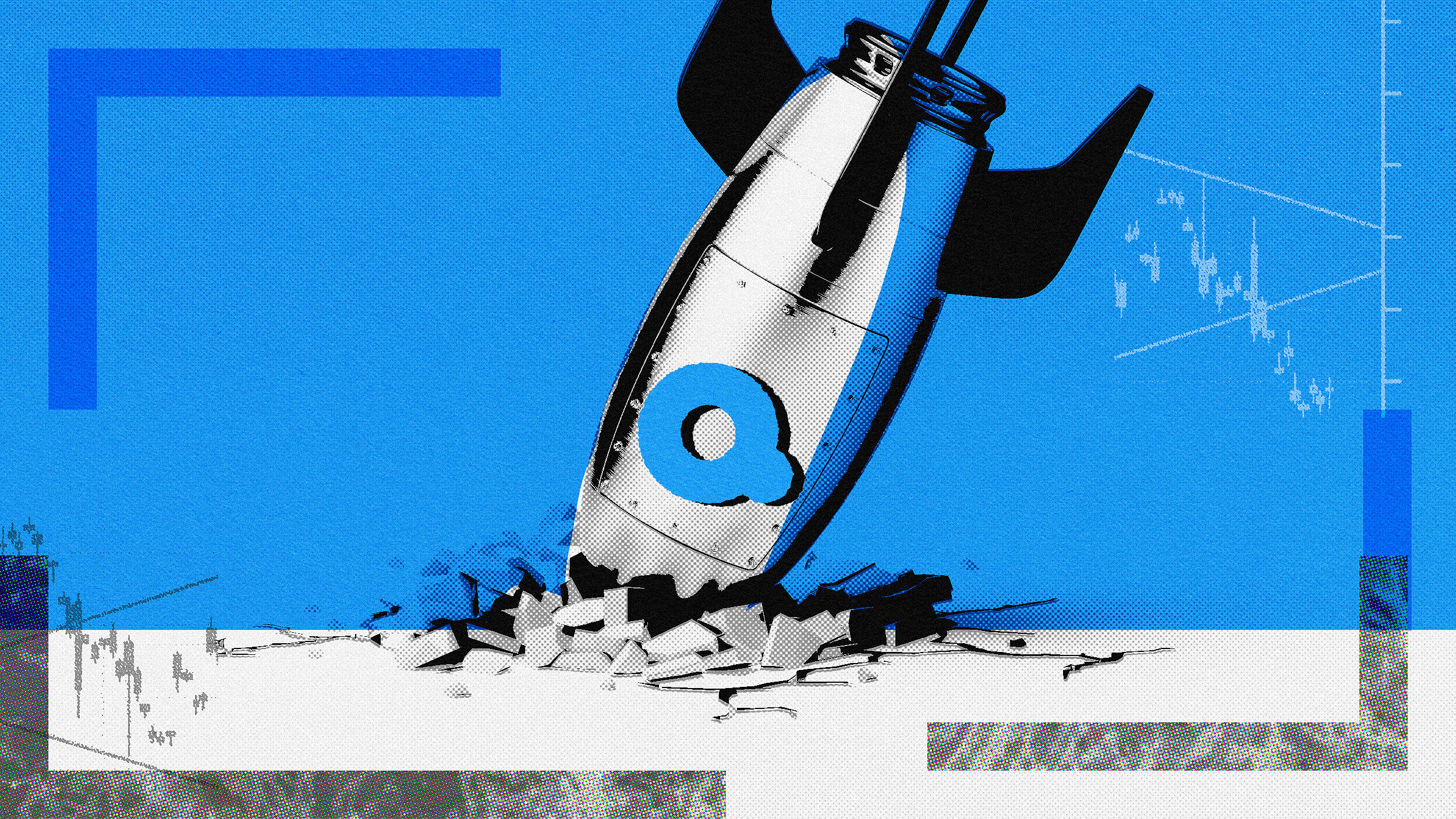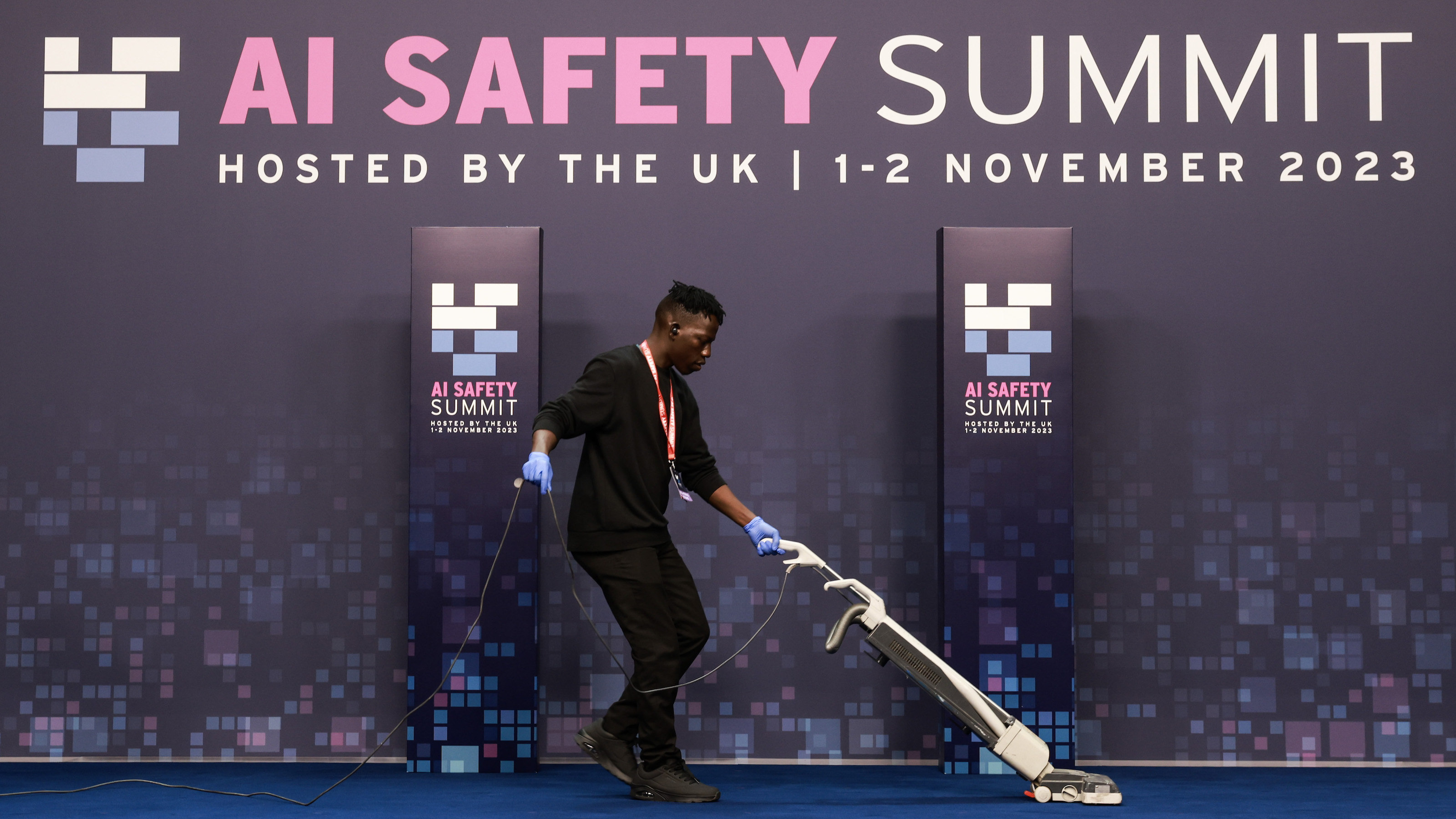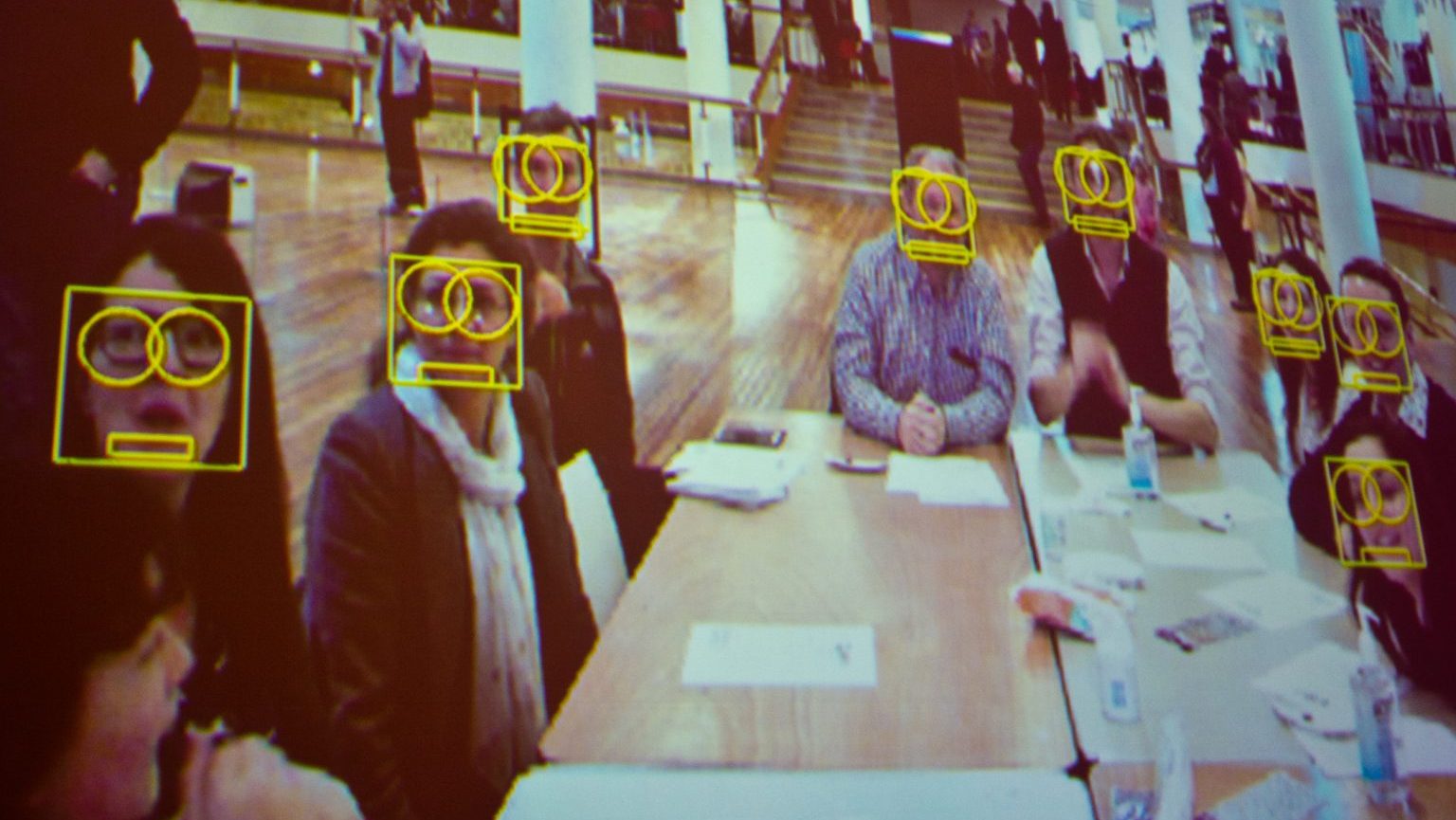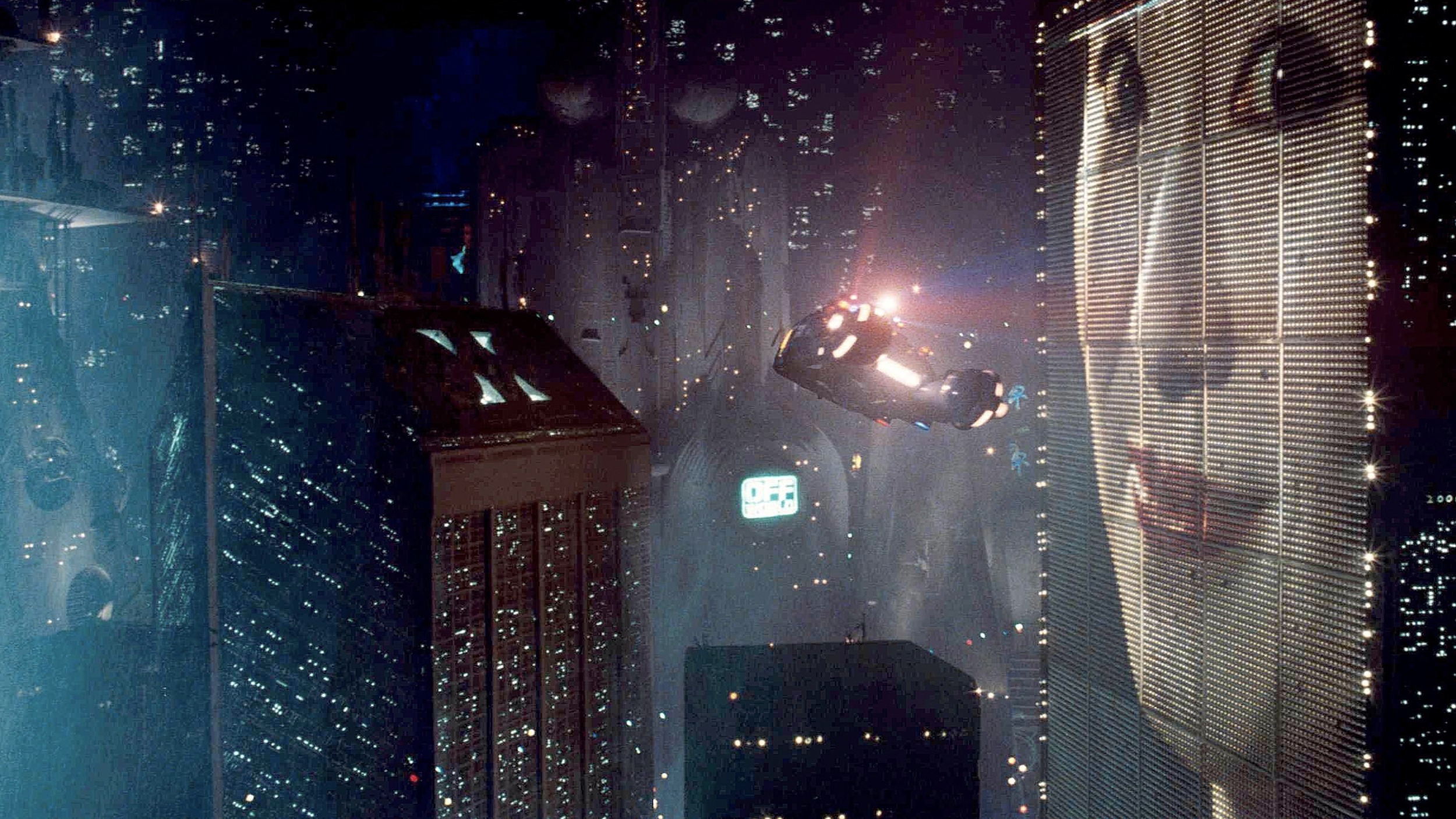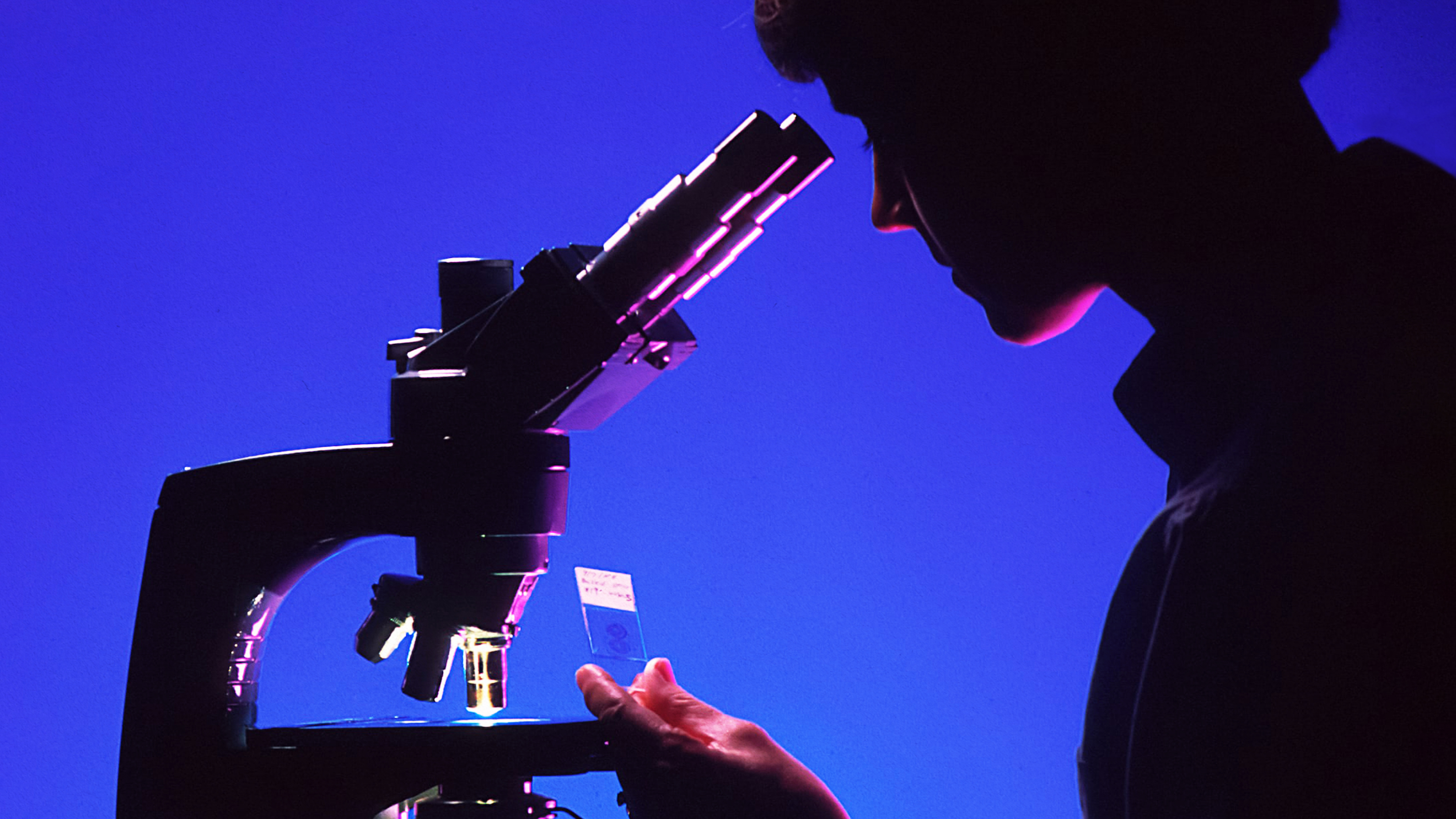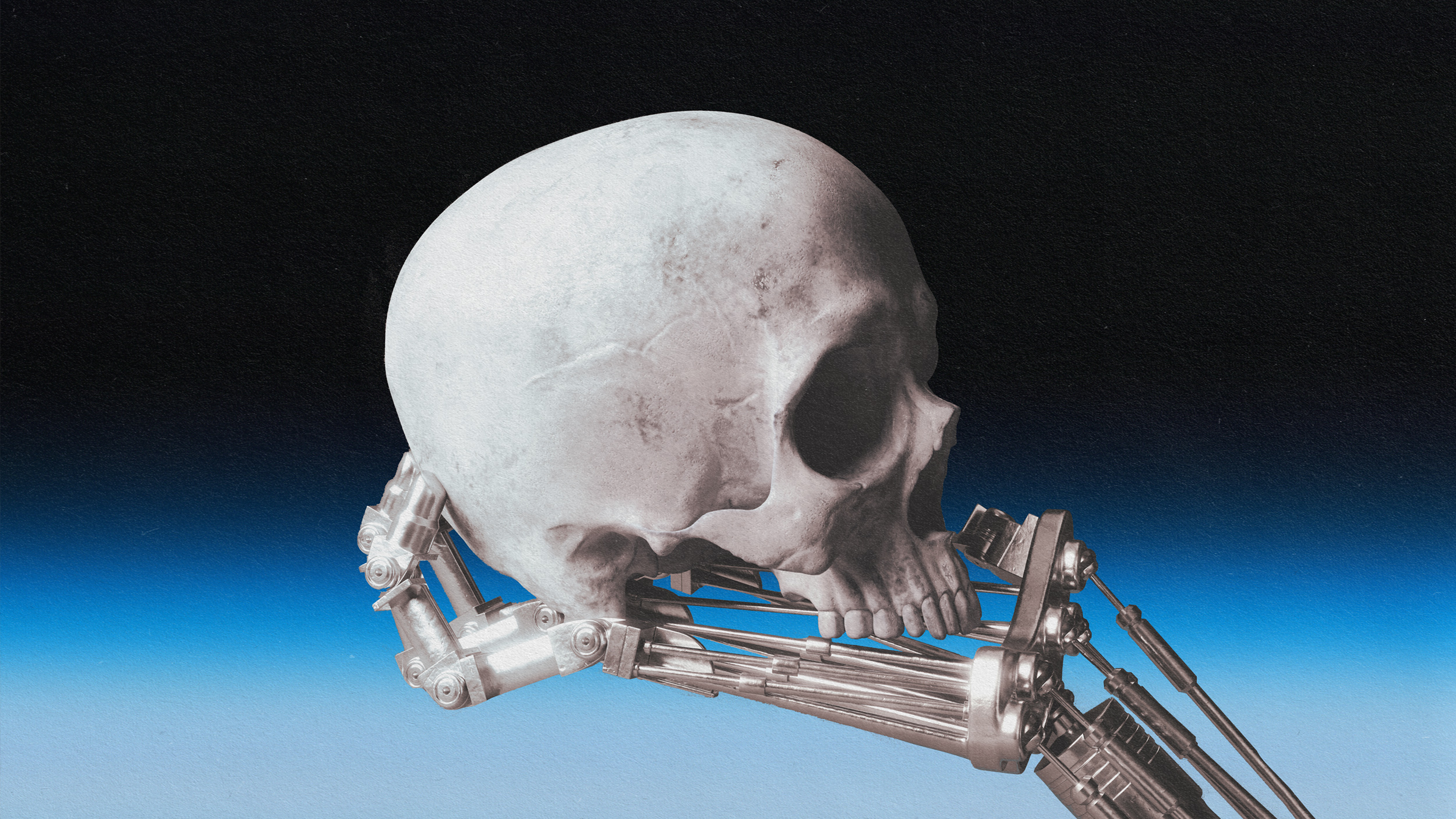Risk Mitigation
Brian Gumbel — President and Chief Operating Officer (COO) at Dataminr — explores the cutting edge of real-time information analysis.
Agentic AI pioneer Chetan Dube considers ways that everyone can be lifted by the tide of AI, not just those with the capital to leverage it.
Barry Ritholtz — market commentator, founder of Ritholtz Wealth Management, and podcast host — shares what really trips investors up.
The history of catastrophe shows that true resilience comes not from restoration, but from reinvention.
Investor Guy Spier joins Big Think for a chat about the “Oracle of Omaha,” generative AI, what confuses him, and more.
Welcome to The Nightcrawler — a weekly newsletter from Eric Markowitz covering tech, innovation, and long-term thinking.
Encouraging thoughtful responses over impulsive reactions can help prevent AI exploitation in decision-making.
Welcome to The Nightcrawler — a weekly newsletter from Eric Markowitz covering tech, innovation, and long-term thinking.
From tulips to Bitcoin, bubbles have been given a bad rap as destroyers of dreams — but they’re essential for our brightest future. Here’s why.
A National Center for Data and Evidence could supplement our archaic and expensive system and more accurately measure AI’s impact on jobs.
Magnificent time-tested buildings are filled with lessons in resilience and stability — and the benefits for investment strategy can be huge.
A prolonged strike could cost the economy between $500 million to $4.5 billion per day.
Welcome to The Nightcrawler — a weekly newsletter from Eric Markowitz covering tech, innovation, and long-term thinking.
Hackers are in an arms race with cyber defenders. Will AI tip the balance?
Welcome to The Nightcrawler — a weekly newsletter from Eric Markowitz covering tech, innovation, and long-term thinking.
Quantum computing brings significant opportunities — but equally significant cybersecurity risks.
Josh Kaufman — best-selling author of entrepreneurial classic “The Personal MBA” — explores an essential truth about all decision-making.
Quibi was so focused on foresight they forgot the basics of hindsight.
“If you’re training an AI to optimize for a task, and deception is a good way for it to complete the task, then there’s a good chance that it will use deception.”
A golden new era of business is within our reach — provided that we harness AI’s potential while mitigating the risks.
Volcanologists warn that magma-filled vents evolve over time, leading to an underestimation of the number that might erupt — especially those capable of the biggest explosions
Police forces are choosing humans over algorithms to make some identifications.
Do grim sci-fi scenarios crush our hopes for real-world growth? Author Michael Harris looks elsewhere to unblock the road to a better future.
Scientists are working to map out the risks of the permafrost thaw, which could expose millions of people to the invisible cancer-causing gas.
Really smart people don’t just demand intellectual engagement — they need the opportunity to learn and create something special.
New tech is a double-edged sword. Integration can be expensive and perilous: Mess up the adoption and jobs are on the line.
Technology goes in directions we can never predict — so we must be prepared to limit the spread of unintended consequences.
Ethicist and doctor Simon Whitney argues that society’s overly cautious approach to medical research is blocking breakthroughs.
AI was the most divisive topic in a recent predictions tournament.
With U.S. infrastructure crumbling, an honor oath and iron ring remind engineers of their profession’s ethical weight.
